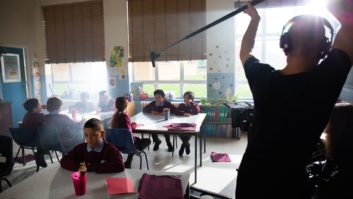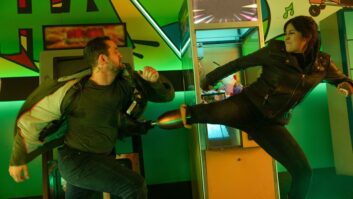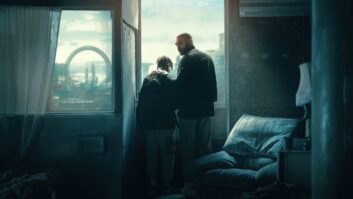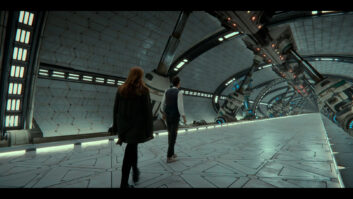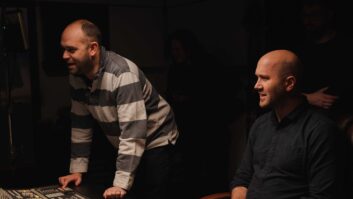Back in 2009, the first series of Moving On made a particularly noteworthy debut on the BBC. Created by multi-award-winning writer Jimmy McGovern, it was the first drama to be commissioned by the UK broadcaster for a daytime slot in almost 10 years.
Each series consists of five self-contained 45-minute episodes. Broadcast over a single week, Moving On was a runaway success. The show is now the longest-running daytime drama on the BBC after Doctors. Series 11 has just been released, and series 12 is already commissioned for 2021.
Overseeing it all has been the team at Liverpool-based LA Productions, who’ve produced all 60 episodes of Moving On since that fateful launch day. “There’s always this concern with any long-running show, that you could fall out of touch with your audience, or be met with a certain degree of disinterest as narratives are no longer new,” begins head of post at LA Productions, Patrick Hall. “That’s the benefit to an anthology format like Moving On. As each episode involves its own unique narratives and characters, we can ensure our stories always remain relevant.
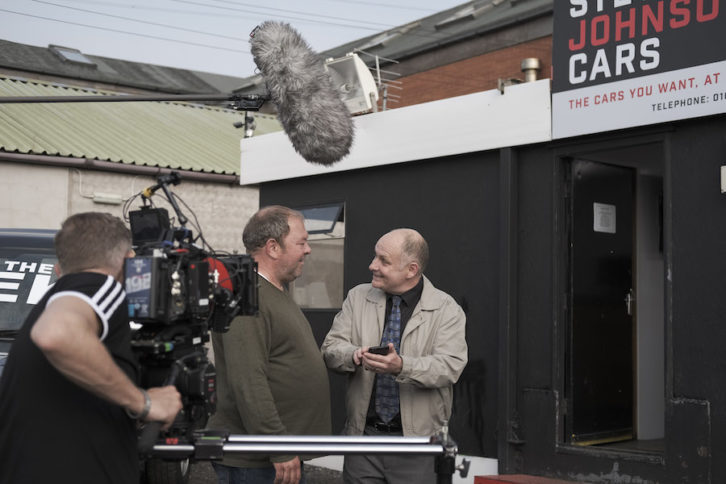
“I believe series 11 is the best one yet,” he adds. “We were able to explore social issues such as homophobia in sport, or how to negotiate a new relationship with a prison tag on your ankle. We were also able to work with actors like EastEnders star Kacey Ainsworth, and Mark Addy, whose credits include The Full Monty and A Knight’s Tale.”
The current series involved returning DPs Tim Pollard (Clink, Pitching In) and Nick Cox (The War of the Worlds, Get Even). For season 11, they chose Blackmagic’s URSA Mini Pro as the principal camera package. That was complemented by the Samyang Cine Primes and Zeiss CZ.2 Compact Zooms. Blackmagic RAW (BRAW) at 3:1 constant bitrate was chosen for acquisition. “It was about finding as much value on screen as possible while ensuring that the amount of data we generated during filming was similar to a ProRes 4444 workflow. This gave us more creative control without creating any additional storage demands,” Hall continues.
At the end of the shoot, BRAW reels were offloaded on a large-capacity EditShare RAID server, which the team linked back to for the conform in DaVinci Resolve. “The beauty of this workflow, and linking back to the BRAW, is that we can continue to refine the programme editorially in Resolve right up to and including the conform and online stage, with really reliable results,” Hall explains.
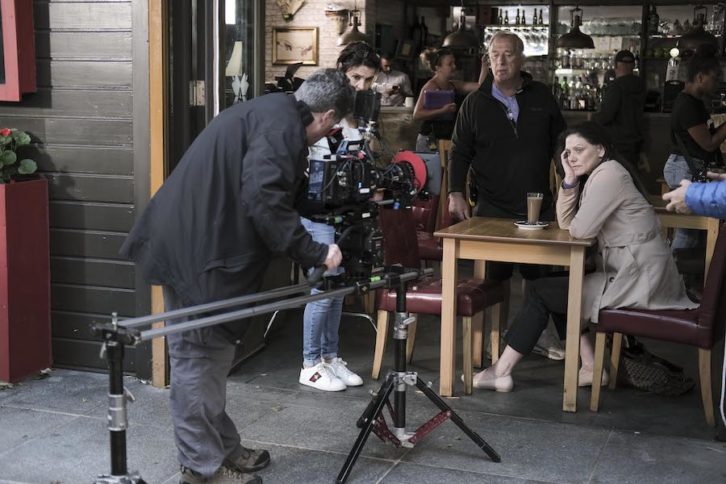
Onlines were then transcoded to DNX36 media, and stored on a NEXIS storage solution for the offline edit and final grade, both also completed in Resolve. This involved crafting a unique, cinematic look for each story using a HP Z840 with two Nvidia GeForce GTX Ti graphics cards and 64GB of ram, with the Artist DNxIO for I/O. The same system also ran a standalone Fusion seat, which the LA Post team used for advanced compositing and clean-up work.
With Moving On proving popular not just for UK transmission but in other EMEA territories and even Japan, final masters were delivered with CineXtools as both HD AS-11s for the BBC and in UHD ProRes for international sales purposes.
Catch up with series 11 of Moving On on iPlayer.
